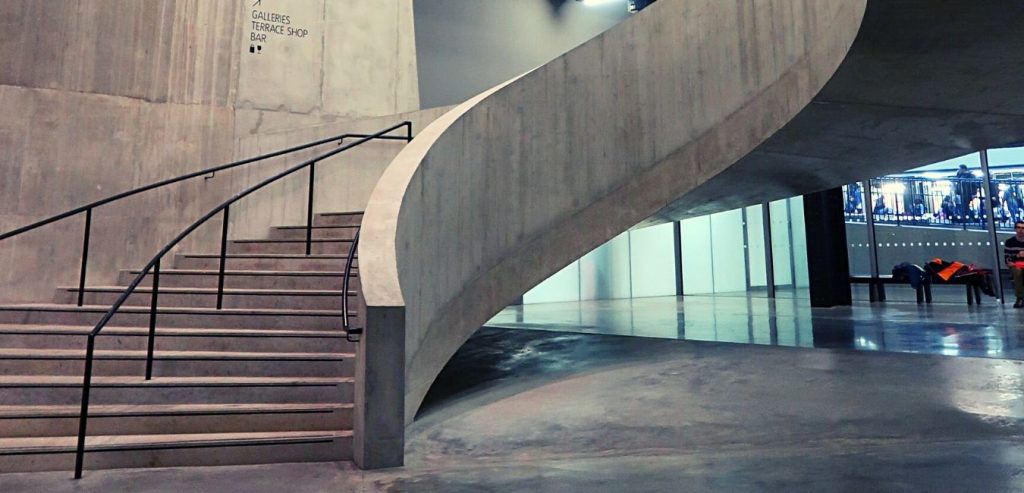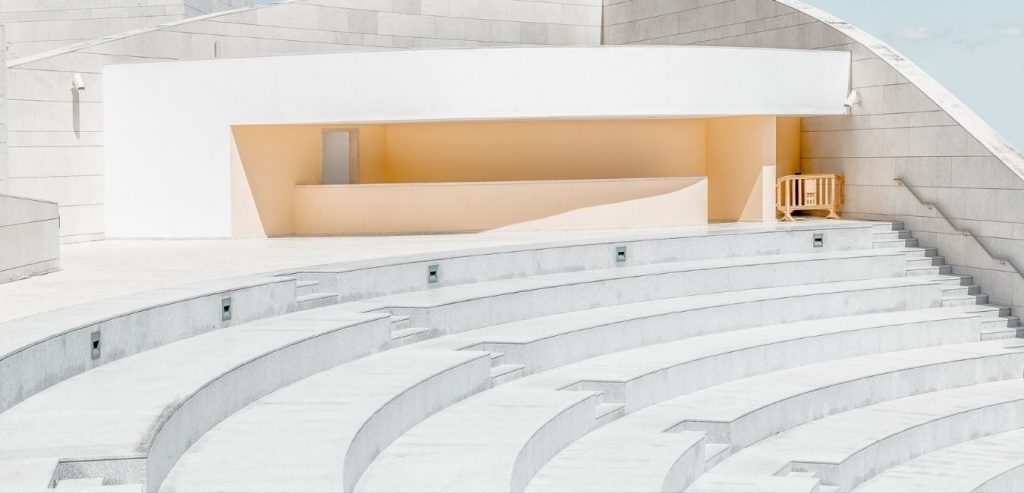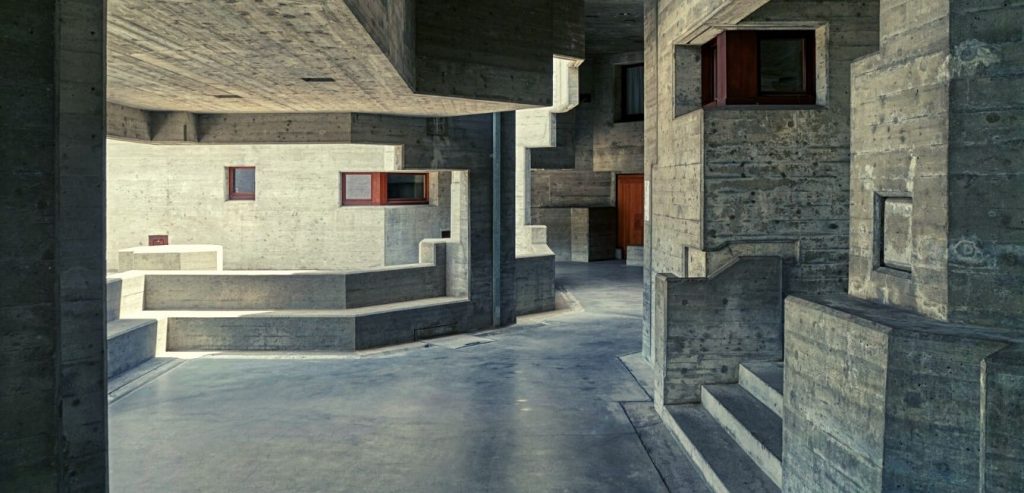Concrete is a widely used construction material in projects worldwide. In its green form, concrete can be molded into any finish, shape, and size using special equipment and techniques. Concrete finishes give durable surfaces that have high aesthetic value.
Table of Contents
What are Concrete Finishes?
A concrete finish is a smooth surface made from screed and trowels. Concrete finishes are made by leveling out the surfaces using screed. There are different types of concrete finishes, and this article will outline the benefits and types of concrete finishes available.
Benefits of Concrete Finishes
Concrete finishes come with a set of benefits and could be an excellent choice to suit your needs. Some of the benefits of concrete finishes are: -
- Durability: Properly constructed concrete finishes outlast other kinds of finishes.
- Stiffness: Concrete finishes are outstanding structural elements for carrying imposed loadings. They do not deflect under applied loadings, thus avoiding deformation problems.
- Energy efficiency: Concrete finishes possess a high thermal mass. This improves the internal environment and reduces energy usage required for thermal comfort.
- Speed of construction: Concrete finishes are easy and quick to construct.
- Damp resistance: Concrete finishes are nonabsorbent, thus offering sufficient water resistance.
- Maintenance costs: Surfaces with concrete finishes are easy to maintain, thus drastically lowering the maintenance costs.
- High fire resistance: Concrete is non-combustible, and concrete finishes thus offer high fire resistance for concrete surfaces.
Types of Concrete Finishes
As you now know the basics of concrete finishes, let us now look at the different ways in which you can install concrete finishes in your structure. Below are some of the most adopted types of concrete finishes.

Broom Finish
This is the most common finish type, especially for driveways and walkways. This finish is achieved by pouring concrete on a surface and spreading the top using a broom. It is a cost-effective option giving a clean and great choice for outdoor concrete finishes. You can change the thickness of the broom bristles to get more profound and more outstanding finishes. However, if you want a simple and clean finish, you should use thin strands.
Stamped Concrete
Stamped concrete is a decorative form of concrete finish. The concrete finish is shaped to look like something different. The concrete can be shaped to resemble tiles, bricks, slate, wood, or granite. Stamped concrete is standard outdoors. We can mix in colors to deepen the illusion. It is mainly done to walkways and patios to enhance the design. It is more expensive than the broom finish, but the results are certainly more worthwhile.
Stenciled Concrete
Stenciled concrete, unlike stamped concrete, involves putting rolls of patterned paper on the concrete surface to achieve the desired shapes. The patterns can be bricks, tiles, or pavers. The stencils create mortar joints on the concrete. Stenciled concrete is easier to make compared to stamped concrete.
Float and Trowel Finishes
This is when the screed is poured on hardened concrete and flattened using a trowel to create a smooth concrete surface. The process gives a unique pattern. You may opt for a flat surface or a swirl pattern finish. Most clients who prefer a minimalistic design opt for the trowel finish. The trowel finish is suitable for both indoor and outdoor finishes. They are ideal because of their high abrasion resistance, weather conditions, and damp resistance.
Exposed Aggregate
An exposed aggregate finish shows the aggregate finish mixed in the concrete. We choose the aggregates used in these finish types for how they look. We further accomplish the exposed finish by washing off the top layer to make it more distinct. The aggregates used can be seashells, attractive stones, granite, or colored glass. Exposed aggregate finishes are functional and beautiful when it comes to providing a non-slip surface.
Salt Finish
We use salt finishes around wet areas such as swimming pools. We apply rock salt to an uncured concrete surface. After the concrete cures and the salt makes small pits in the concrete, we wash the salt away to give a fine, slip-resistant surface.
Polished Concrete
You can polish concrete surfaces to give a freshly-placed glossy look that is easy to maintain. We attain a polished surface using concrete grinders that have diamond abrasives. The type of abrasives determines the quality of the finish, whether it will be smooth or coarse. Chemical hardeners can also be applied to protect the concrete from water infiltration.

FAQs
New homeowners usually have questions concerning the best finishes for their projects. Below are some of the answers to questions concerning concrete finishes.
Which finish is the most affordable?
The cheapest concrete finishes are broom and trowel finishes. These finishes are budget-friendly and still can give impressive decorative impressions.
What is the smoothest concrete finish?
The trowel finish is the most popular and smoothest concrete finish. After the concrete is laid, a trowel is used to smoothen out the fine-level concrete surface.
What is the best finish for a concrete patio?
The best and easiest finish for a concrete patio is a brushed finish. A brushed finish gives an excellent coarse texture reducing the slippage on a surface.
Which is the most expensive concrete wet finish?
Stamped concrete is the most expensive type of concrete wet finish. It needs a lot of skill and time to put the stamped pattern in place carefully.
Should you wet down new concrete?
Wetting new concrete is one of the most common methods of curing concrete. New concrete should be sprayed with water often five to times a day for the first seven days. This is known as moist curing. However, spraying concrete with water is not recommended if you cast it during cold weather.
What is the best way to finish concrete?
The best concrete finish is stamped concrete but at the same time is the most expensive finish. It is costly due to the amount of time it takes to place a uniformly stamped pattern. It achieves a highly aesthetic look, especially for outdoor applications such as patios.
Are specific finishes better for new concrete?
Broom finishes, stamping, and exposed aggregate finishes work best with new concrete. It would help if you did concrete resurfacing to change concrete finishes on existing surfaces.
Conclusion
There are many ways to add an aesthetic appeal to your concrete surfaces using concrete finishes. Finishes vary mainly depending on usage and costs. Considering what you want, you can choose the best finish for your project.

